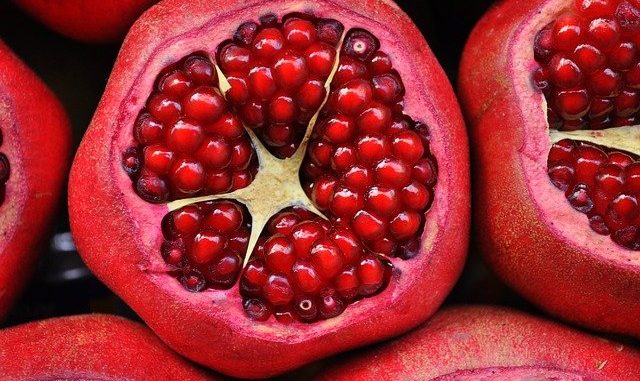
Membrane concentration of pomegranate juice has proved quite a challenge.
The idea of using membrane techniques to concentrate food stuffs has been available for many decades but the success rate at the industrial scale is still not as high as it should be. The relatively high operating costs and inability to achieve the desired concentration levels have been two main factors against further adoption. Variants using microfiltration, ultrafiltration and even nanofiltration and osmotic concentration have been tried to overcome these disadvantages but without the success desired. Ideally, non-thermal methods have long been desired for concentration to avoid producing undesirable sensory effects and minimise nutrient loss. Concentration naturally means being able to store juice as a concentrate more efficiently, with higher microbial stability and distribute it with minimum impact on the carbon footprint, even though energy costs for the process can be high. Here we look at the specific example of pomegranate juice.
Pomegranate juice has been a difficult juice to concentrate using membrane techniques (Mirsaeedghazi et al., 2009a and b). In those studies, hydrophilic PVDF flat membranes and cellulose ester (MCE) flat membranes. The most recent study looked at clarifying and concentrating pomegranate juice using hollow-fibre ultrafiltration (UF) and then osmotic distillation (OD) (Cassano et al., 2011). It is important that the juice is depectinised beforehand so that fouling is minimised and juice viscosity does not minimise transmembrane flow-rates. The UF membranes being used rejected 16.5 and 11.7% of the polyphenols and anthocyanins respectively although the cut-off points for the membranes were not stated. Such rejection rates are acceptable for this type of process. The degree of concentration was 3.2 fold to 520 g/kg based on total soluble solids. A 5 fold concentration is obtained at least from thermal evaporation techniques however so the degree of concentration requires further effort. Ironically, in membrane concentration, raising the temperature improves flux and reduces gel layer formation or membrane polarisation at the wall but this appears to marginally improve performance.
Sophisticated techniques to understand the fluid dynamics at the membrane surface have been tested using CFD (Computational Fluid Dynamics) to predict velocity and pressure distribution patterns (Mirsaeedghazi et al., 2011). Likewise, fouling through concentration polarisation layer at the membrane surface have been modelled using Forward-Time/Central Space (FTCS) methods (Mirsaeedghazi et al., 2010).
References
Cassano, A., Conidi, C. Drioli, E. (2011) Clarification and concentration of pomegranate juice (Punica granatum L.) using membrane processes. J. Food Eng., 107 (3-4) pp. 366-373
Miraeedghazi, H., Emam-Djomeh, Z., Musavi, S.M.A. (2009a). Concentration of pomegranate juice by membrane processing: membrane fouling and changes in juice properties. J. Fd. Sci. and Technol, 46, pp. 538–42.
____________________________________________.,Aroujalian, A. & Navidbakhsh, M. (2009b). Changes in blocking mechanisms during membrane processing of pomegranate juice. Int. J. of Food Sci. and Technol., , pp. 2135–2141.
_____________________________________________, Enjileha, V., Navidbakhsh, M., Mirhashemi, S.M. (2010) Mathematical modelling of mass transfer in the concentration polarisation layer of flat-sheet membranes during clarification of pomegranate juice. Int. J. Food Sci. Technol. 45 (10) pp. 2096-
_____________________________________________., Navidbakhsh, M. (2011) Modelling the membrane clarification of pomegranate juice with computational fluid dynamics. Eur. Food Res. Technol. 232 (4) pp. 671-677
Leave a Reply